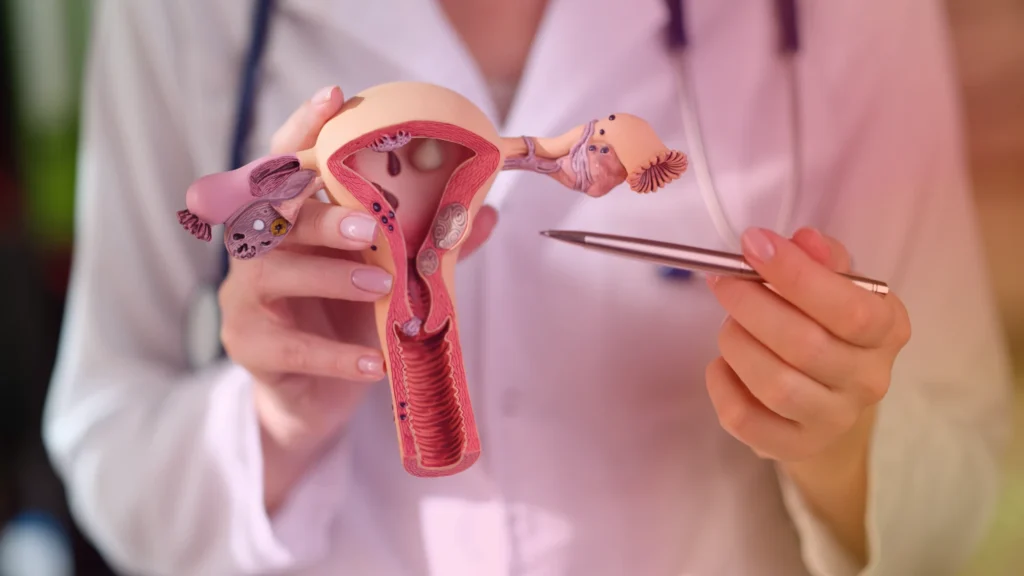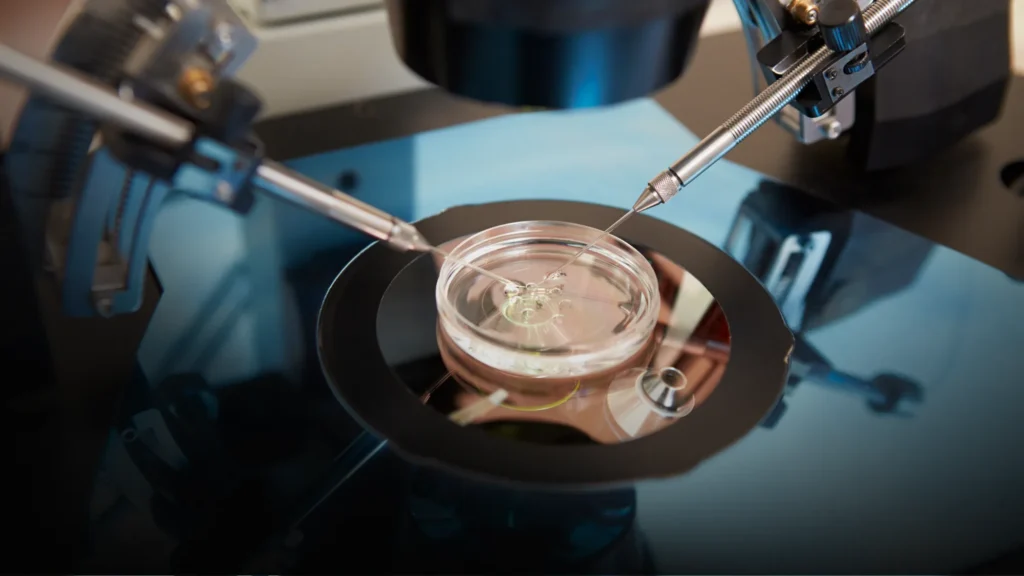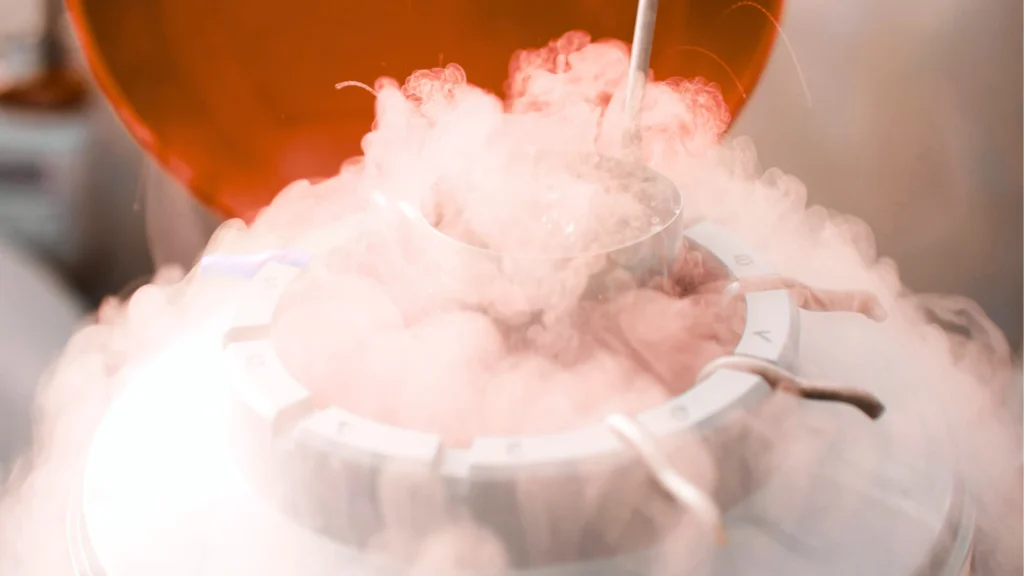Although it can seem complicated, having a baby requires four essential working parts:
1. Eggs
It all begins with the egg. A woman needs eggs to get pregnant. Eggs are stored in the ovaries, in small sacs called follicles, which can be visualized on ultrasound. A woman is born with all the eggs she will ever have, approximately 2 million at birth. Over time, this quantity decreases, so by puberty, only about 300,000 to 400,000 eggs remain. Each month an egg is released, but the quantity of eggs left behind decreases. On average, a woman will have about 400 ovulation cycles in her lifetime before menopause.
Assessing Egg Quantity
- Blood Tests:
- Anti-Mullerian Hormone (AMH): Can be drawn at any time to assess egg quantity.
- FSH and Estradiol: These should be drawn on days 2, 3, or 4 of the menstrual cycle to give a sense of egg quantity.
Assessing Egg Quality
Egg quality is usually inferred by a woman’s age. The younger a woman is, the better her egg quality; the older she is, the poorer her egg quality.
2. Sperm
Unlike eggs, sperm is produced every 80-90 days in the testicles.
Assessing Sperm
- Semen Analysis: This test is done when a man masturbates into a cup. The sample is then assessed for:
- Sperm volume
- Sperm count
- Motility of sperm
- Morphology of sperm
3. Uterus
Also known as the womb, the uterus is the nest for the baby before delivery.
Assessing the Uterus
- Transvaginal Ultrasound: This can help determine if the uterus is normal. A normal uterus should be free of abnormalities such as fibroids or polyps inside the womb.
4. Fallopian Tubes
The sperm fertilizes the egg in the fallopian tubes, so a woman must have at least one open fallopian tube.
Assessing Fallopian Tubes
- Hysterosalpingogram (HSG): A radiologic test is done when the dye is injected into the uterus. X-ray images are taken during the process to determine if the tubes are open or closed.
- FeMvue: An ultrasound test that uses water to assess the fallopian tubes.
Checklist for Evaluation
When going for an evaluation, it is important that these four compartments are evaluated. Think of it as a checklist:
- Eggs: Have my eggs been checked?
- Sperm: Has my partner’s sperm been checked?
- Uterus: Is my uterus normal?
- Fallopian Tubes: Are my fallopian tubes open?
By ensuring that each of these four areas is thoroughly evaluated, you can gain a comprehensive understanding of your fertility health and take the necessary steps toward achieving pregnancy.
Medical Disclaimer
The information provided in this blog post is for general informational purposes only. It is not intended to be a substitute for professional medical advice, diagnosis, or treatment. Always seek the advice of your physician or other qualified healthcare provider with any questions you may have regarding a medical condition. Never disregard professional medical advice or delay in seeking it because of something you have read on this blog. If you think you may have a medical emergency, call your doctor or 911 immediately.




